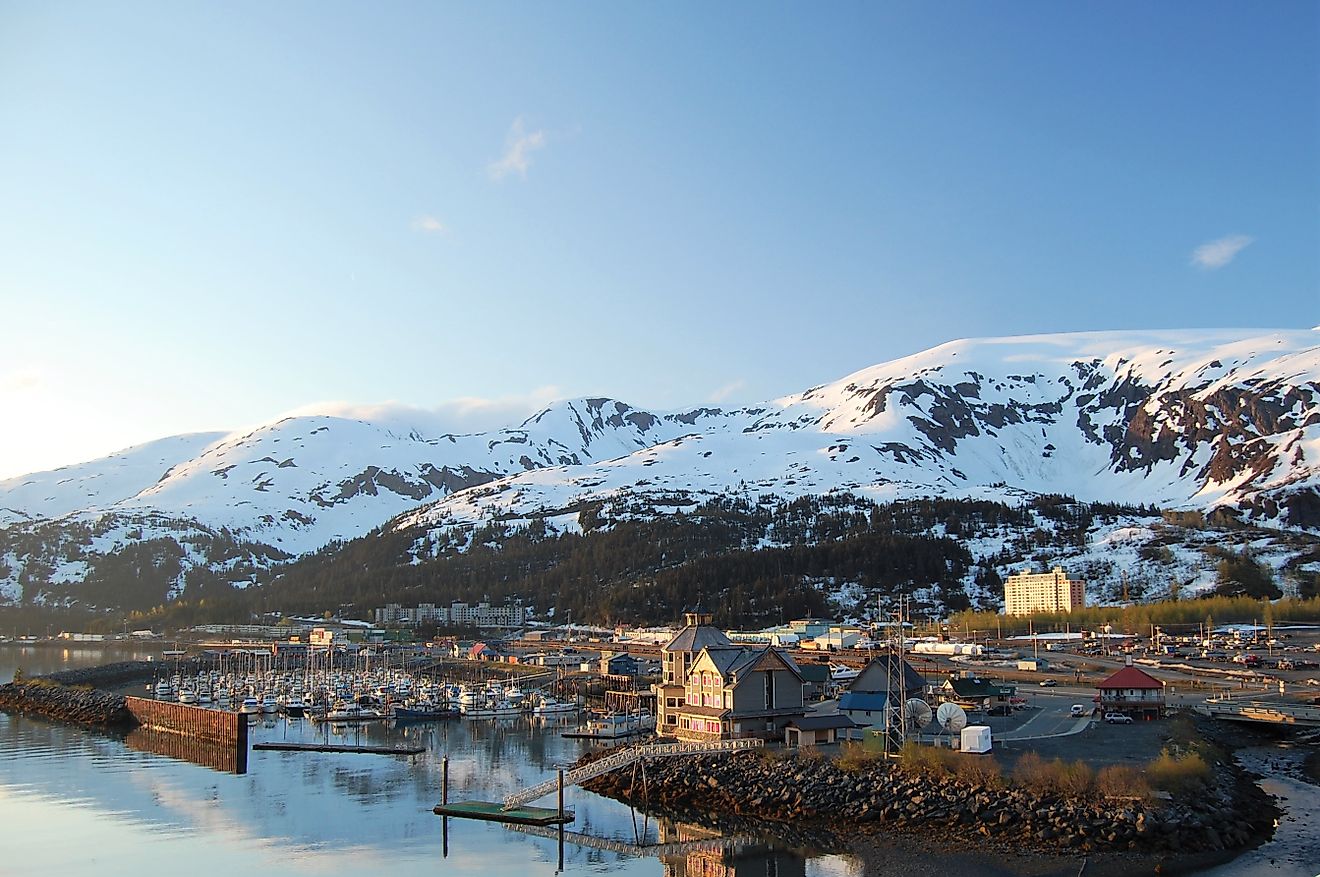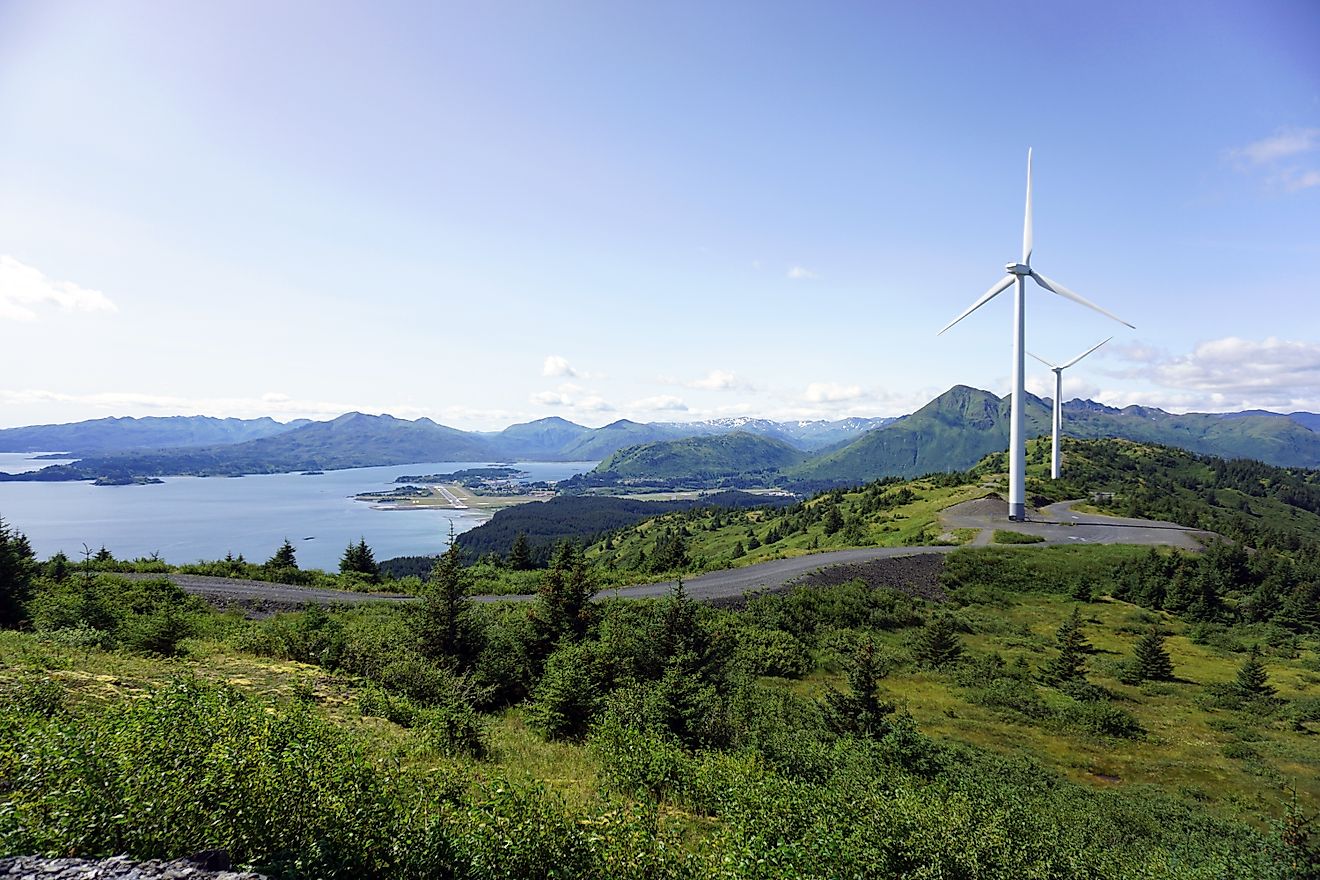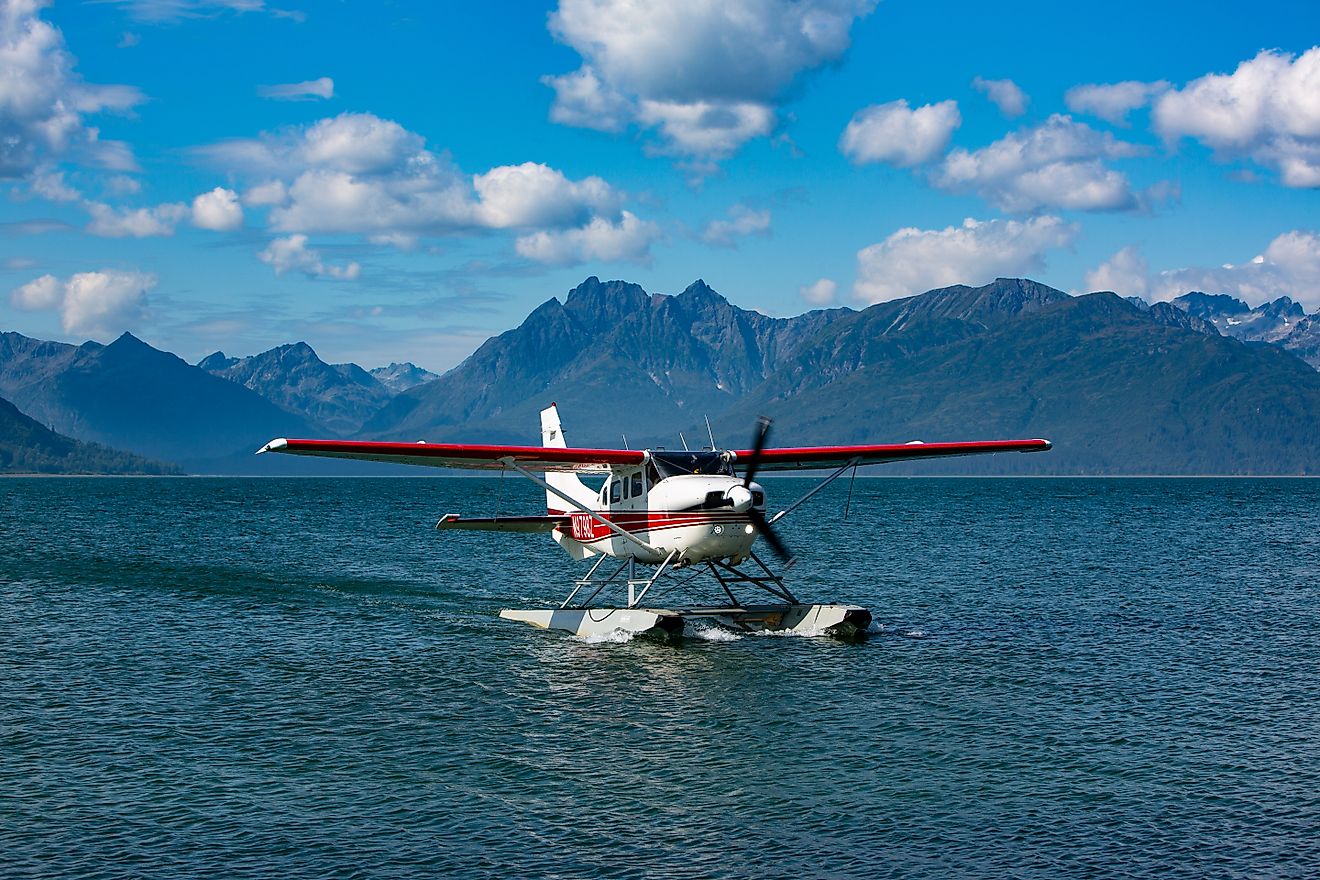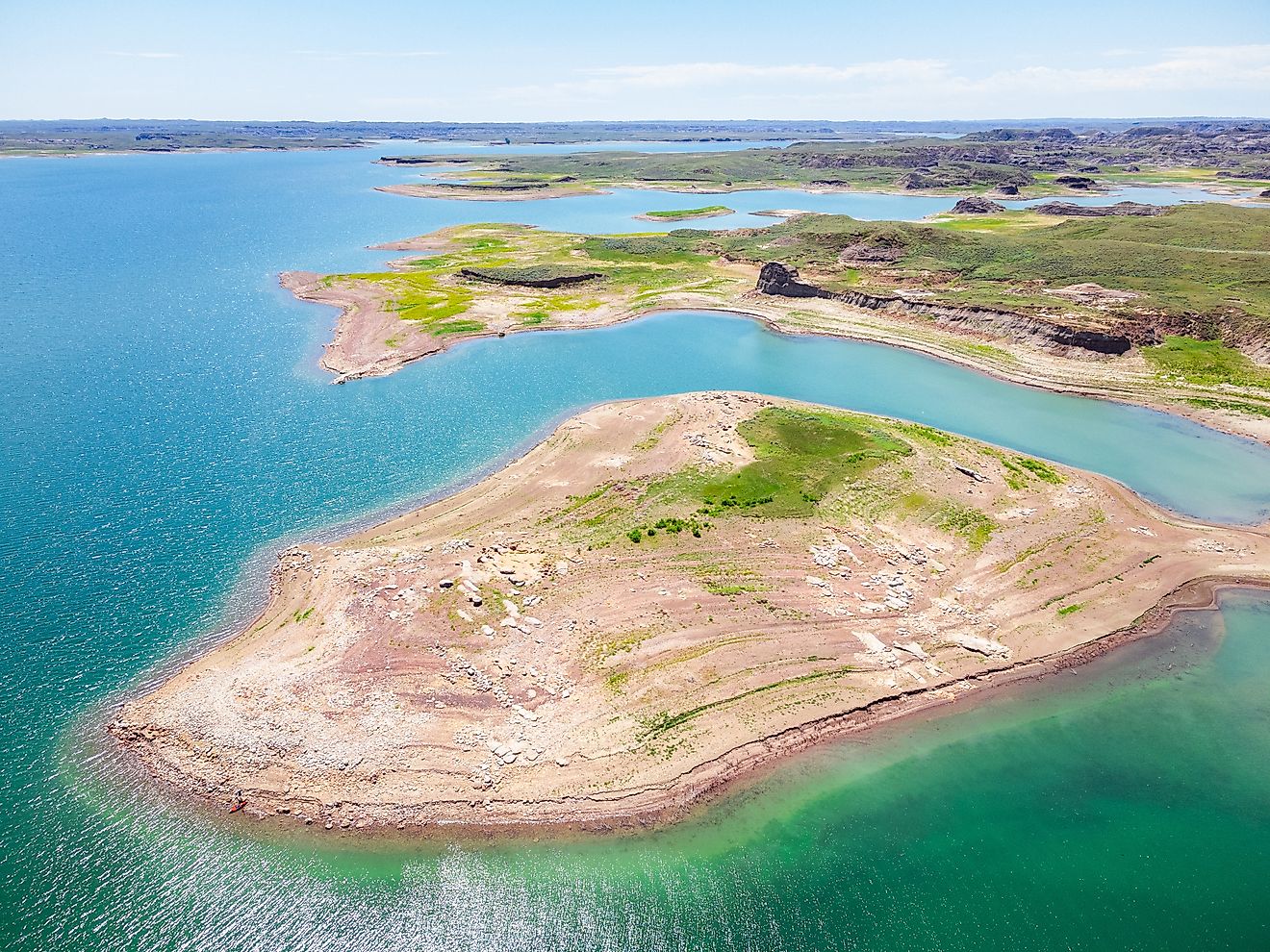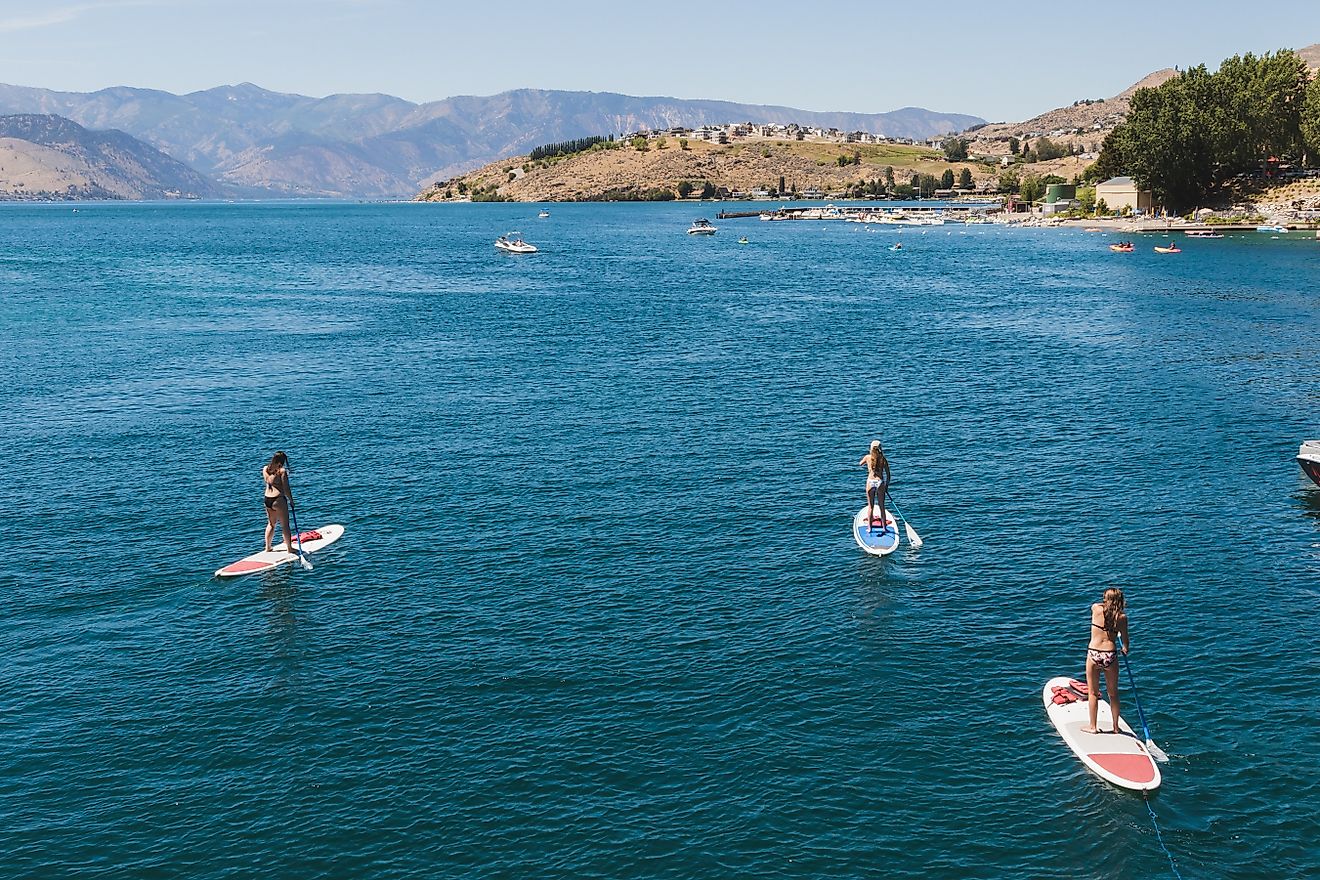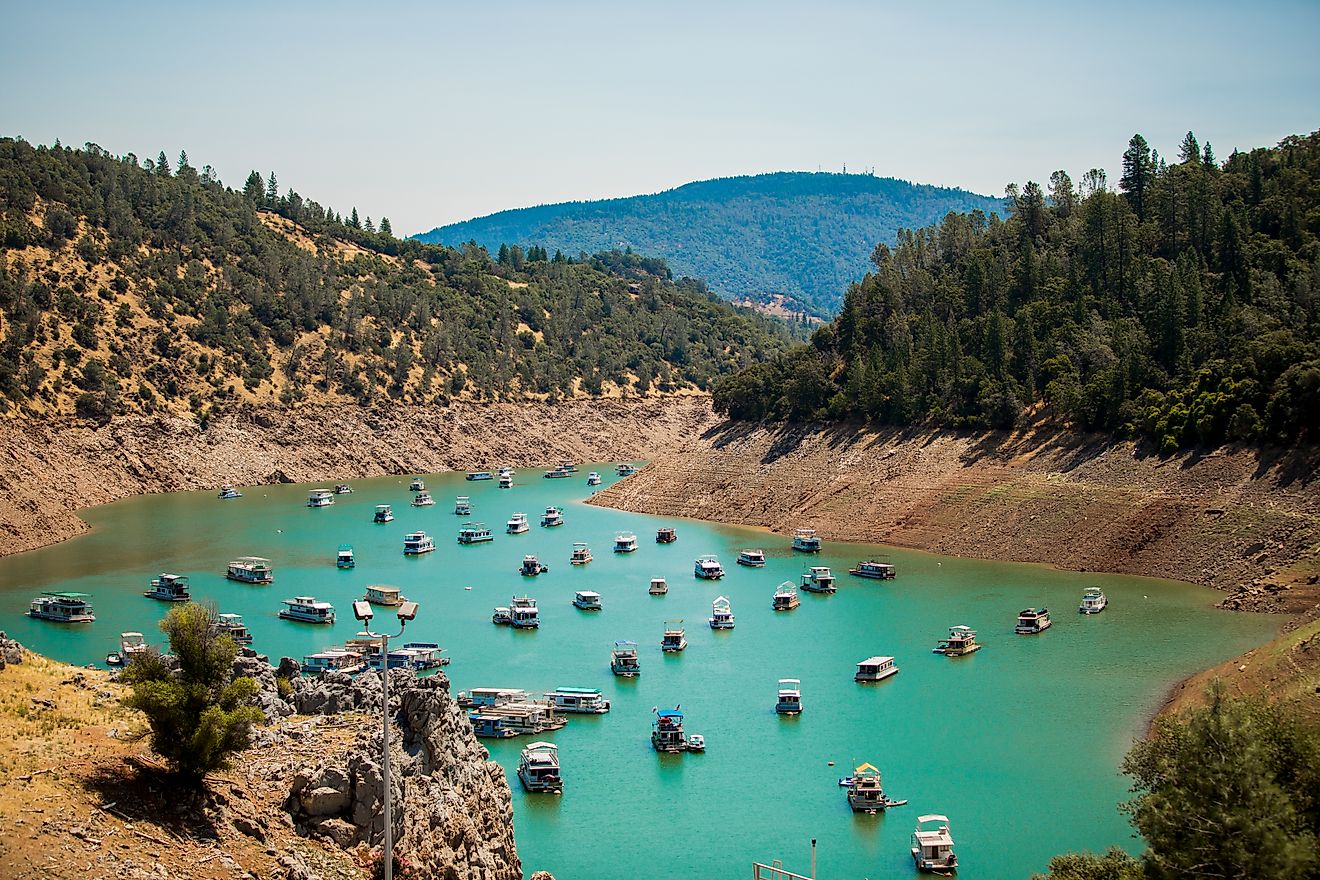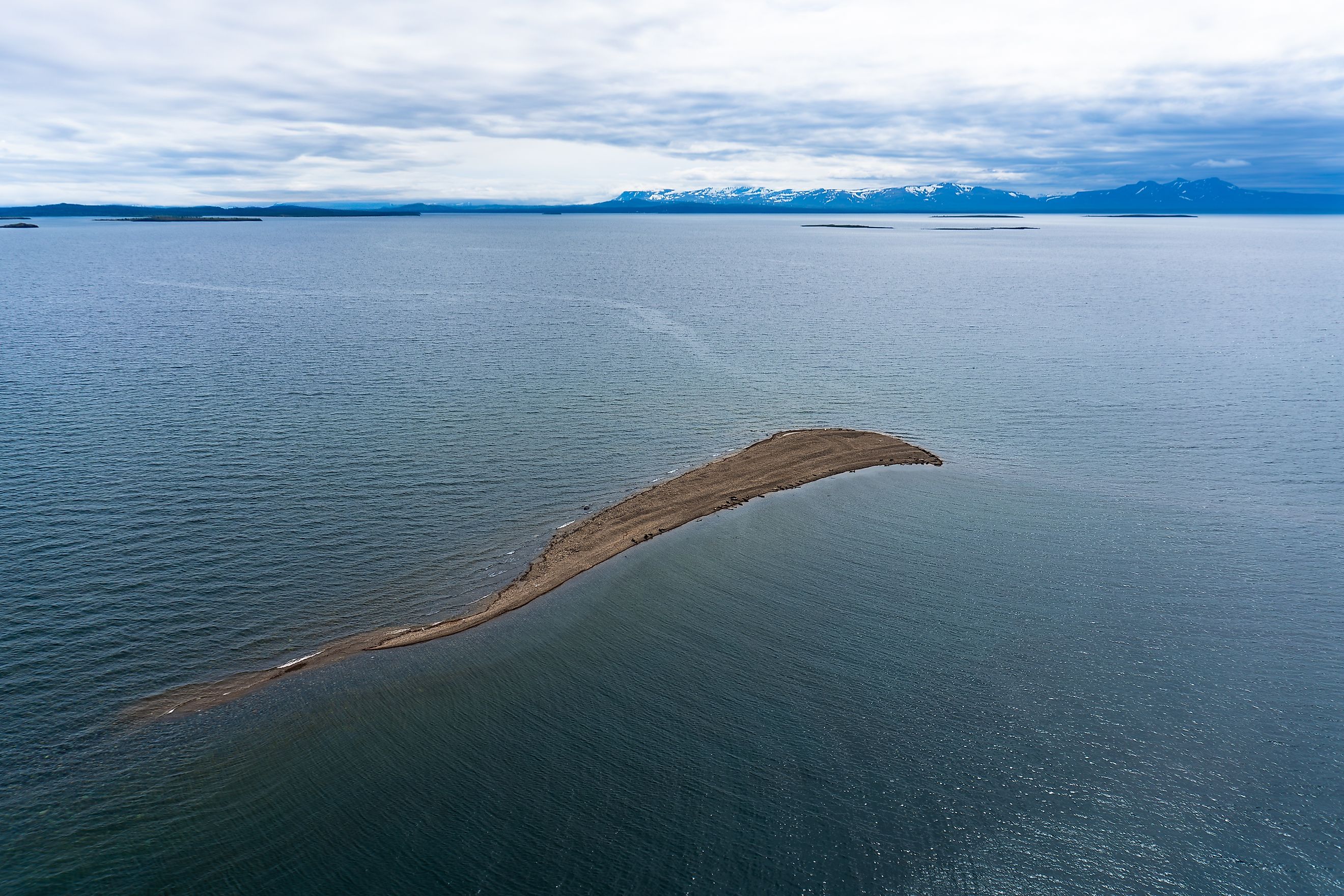
Iliamna Lake: The Largest Lake in Alaska
In the remote wilderness of southwest Alaska lies a body of water so vast, so deep, and so ecologically important that it rivals some of the continent’s greatest lakes. Iliamna Lake, stretching across 1,000 square miles, is the largest lake in Alaska and the seventh largest in the United States. Located about 100 miles west of Seldovia, it sits near the north end of the Alaska Peninsula, nestled between Cook Inlet and Kvichak Bay.
Iliamna is more than just a geographic superlative. It plays a vital role in the region’s culture, economy, ecology, and mythology. It supports Indigenous villages, nurtures the world’s largest red salmon run, and even has its own lake monster legend. With its stunning scale and remote beauty, Iliamna Lake remains one of Alaska’s most intriguing and underappreciated natural landmarks.
The Geography of a Giant
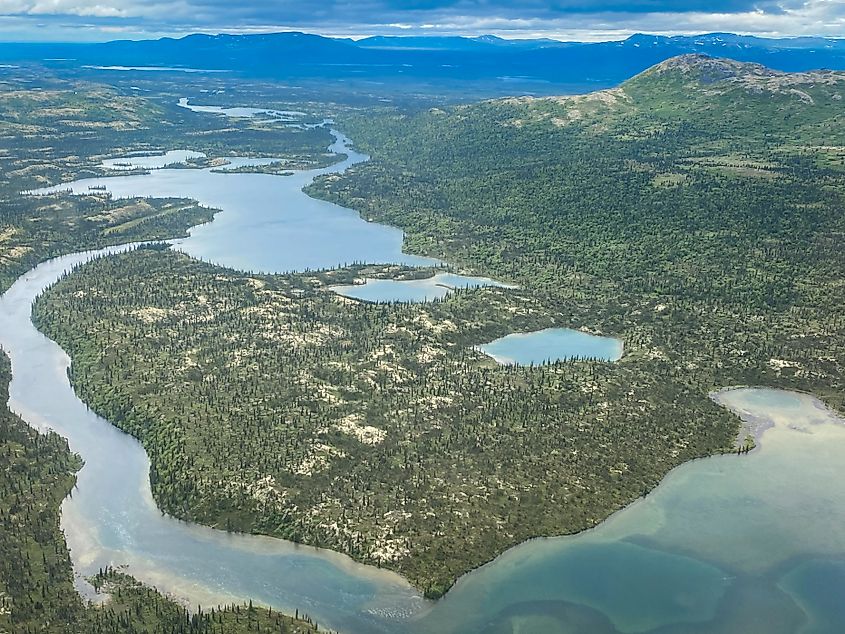
Iliamna Lake spans approximately 77 miles in length and 22 miles at its widest, covering an area of 2,600 square kilometers. Its maximum depth plunges to nearly 988 feet, deeper than many well-known US lakes.
The lake drains into Bristol Bay through the Kvichak River, forming a crucial link in the regional hydrology. The waters originate in glacial melt and mountain streams, which contribute to the lake's exceptional clarity and cold temperatures.
The villages of Iliamna, Newhalen, Kokhanok, Pedro Bay, Igiugig, and Pope-Vannoy Landing dot the shoreline. These small communities are culturally rich, primarily Indigenous, and deeply tied to the lake for food, transportation, and traditional practices.
A Name with Ancient Roots
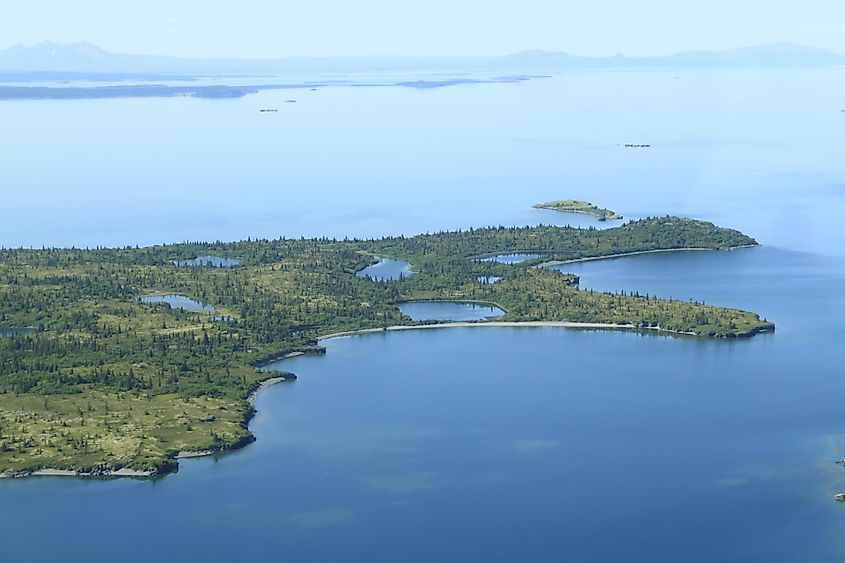
The lake has gone by many names over the centuries. On Russian maps dating back to the early 1800s, it was labeled as Lake Shelekhov, in honor of the Russian explorer Grigory Shelekhov. By the mid-19th century, it appeared as Oz[ero] Bol[shoy] Ilyamna, or "Big Ilyamna Lake."
Today’s name, Iliamna, is rooted in Indigenous language. The Dena’ina Athabascan name for the lake is Nila Vena, meaning “island’s lake.” The Yup'ik people call it Nanvarpak, which translates to “big lake.” A colorful local legend says the name refers to a mythical blackfish that punctures the boats of those who misbehave.
A Waterway Portage Like No Other
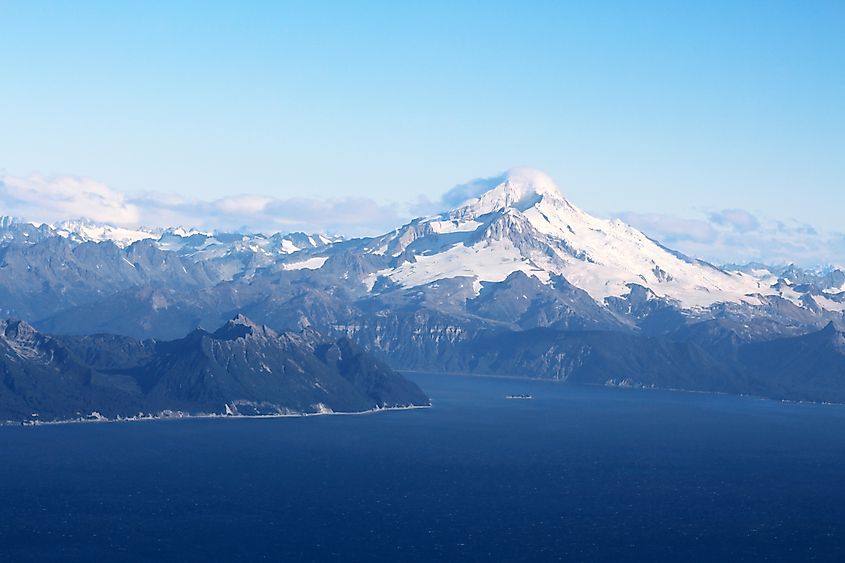
The Williamsport-Pile Bay Road provides a rugged yet vital connection between Iliamna Lake and Cook Inlet. Originally built by the Alaska Road Commission in the 1930s, this narrow, 15.5-mile gravel road is not meant for regular traffic. Instead, it serves as a portage route for boats and supplies.
Hauling boats overland from Pile Bay to Williamsport allows vessels to bypass a long and hazardous journey around the Alaska Peninsula. The shortcut significantly reduces fuel costs and provides a lifeline for commercial and subsistence activities in the region. The road has become a key element of the lake’s working infrastructure, despite its remote location and rough conditions.
Fishing and Wildlife
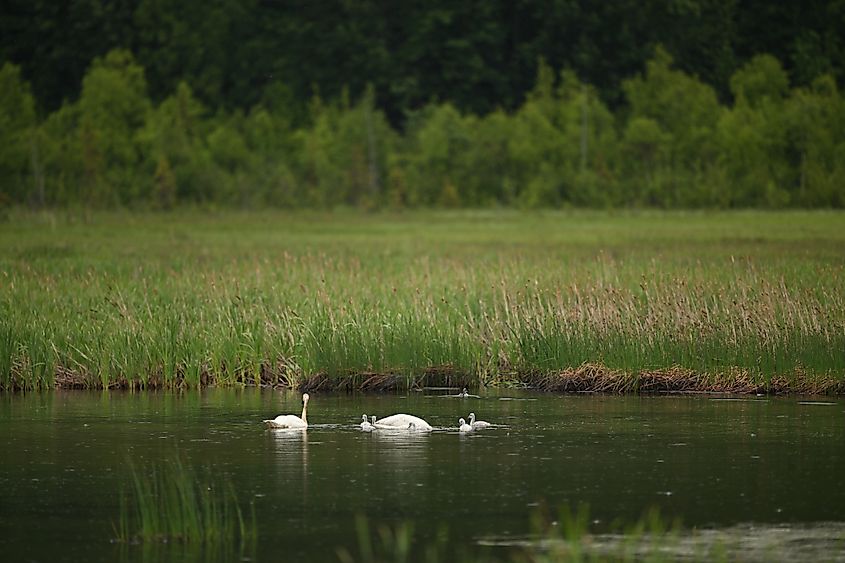
Iliamna Lake is a prime destination for sport fishing, drawing enthusiasts eager to hook rainbow trout, grayling, and multiple species of salmon. The lake’s sockeye salmon run is considered the largest in the world, with millions of fish returning each year to spawn. These salmon spend more than half their lives in freshwater, a unique trait that underscores the ecological value of the lake and its tributaries.
From August through September, trout anglers can expect their best catches, with some fish exceeding 28 inches in length. The Kvichak River, which drains the lake, enforces catch-and-release rules for native species, helping protect the delicate balance of the ecosystem.
In addition to fish, the lake supports an extraordinary range of wildlife. Freshwater seals, one of the rarest pinniped populations in the world, reside here year-round. These seals, more commonly associated with marine environments, have adapted to life in the lake’s icy, inland waters.
Surrounding wetlands, tundra, and alpine slopes support moose, bears, eagles, and migratory birds. The region’s biodiversity makes it a living laboratory for biologists, conservationists, and ecotourists alike.
The Iliamna Lake Monster
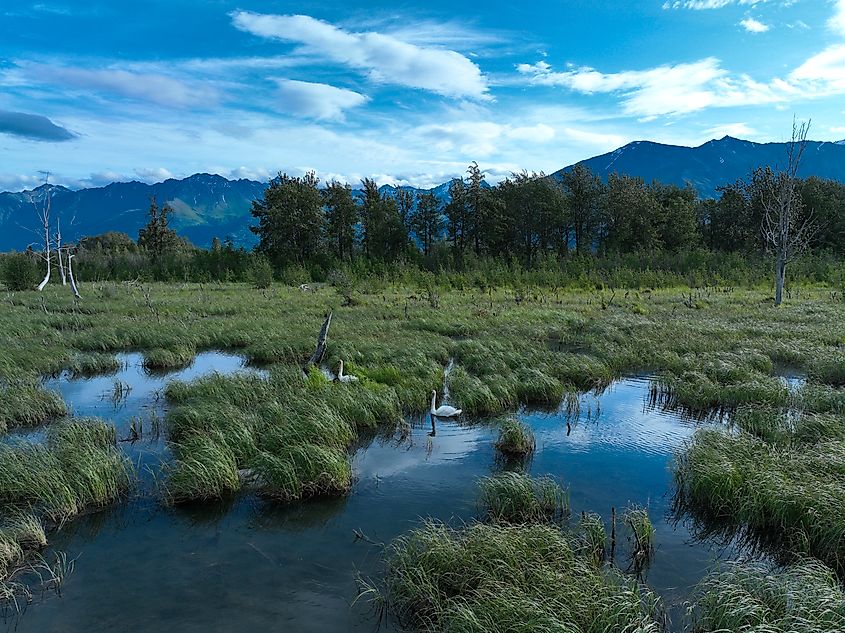
Like Loch Ness and Lake Champlain, Iliamna Lake has its own legendary creature. Locals speak of the Iliamna Lake Monster, a mysterious, large aquatic animal said to inhabit the lake’s depths. Over the decades, sightings have come from fishermen, pilots, and villagers, some describing a long, dark creature breaking the surface or trailing just beneath the waterline.
Several theories have been proposed to explain the phenomenon. Some suggest it could be a white sturgeon, a massive bottom-feeder that can grow over 15 feet long and live for more than a century. If true, it would be the northernmost population of sturgeon ever documented.
Others point to the Pacific sleeper shark, a rarely seen species that has turned up in coastal Alaskan waters and could feasibly inhabit deep lake environments. A 2012 video showing a sleeper shark in King Cove Lagoon reignited this theory.
Despite numerous alleged sightings, no one has definitively proven the monster’s existence. The Anchorage Daily News once offered a $100,000 reward for concrete evidence—so far, unclaimed.
A Critical Link in Alaska’s Environment
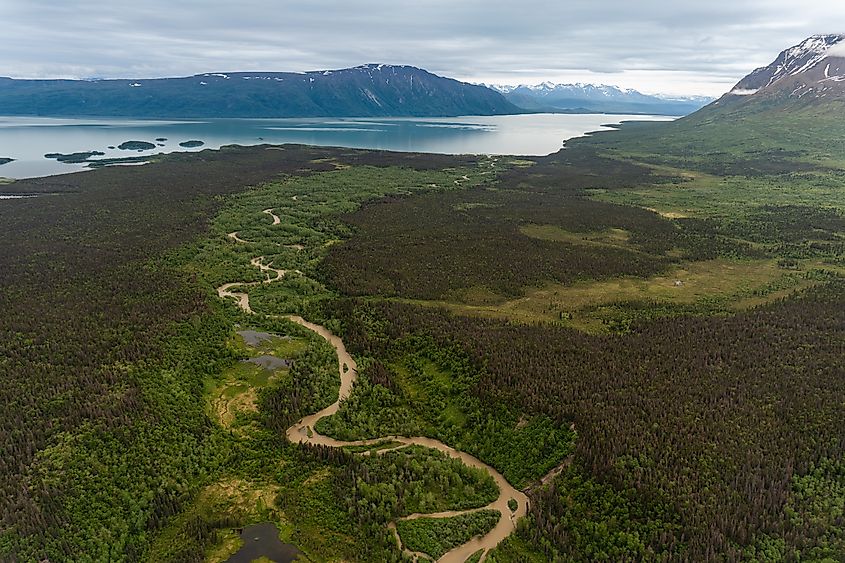
Beyond the monster myths and angler tales, Iliamna Lake serves as a critical environmental buffer for the region. Its connection to Bristol Bay supports one of the world’s most productive and sustainable salmon fisheries. This fishery, valued in the billions of dollars, is not only an economic powerhouse but a cultural touchstone for Indigenous communities and Alaskan heritage.
The lake and its rivers are carefully monitored and protected under Alaska Department of Fish and Game regulations. Conservation efforts aim to balance the pressures of sport fishing, subsistence harvests, and climate change impacts.
Proposed development projects in the area, such as the controversial Pebble Mine, have drawn national attention and environmental scrutiny. Many fear that large-scale mining operations could jeopardize the lake’s pristine waters and the delicate salmon lifecycle that depends on it.
Remote, Resilient, and Wild
Visiting Iliamna Lake is no simple task. There are no highways leading in or out. Most visitors arrive by plane or boat, landing in one of the lakeside villages or nearby fishing lodges. But those who make the journey are rewarded with breathtaking scenery, untouched wilderness, and a deep sense of solitude.
Whether paddling across quiet inlets, casting a line into icy waters, or trading stories with locals around a campfire, Iliamna offers a version of Alaska that is becoming increasingly rare. It is a place where nature still calls the shots, where wild creatures thrive, and where the water carries both life and legend.

